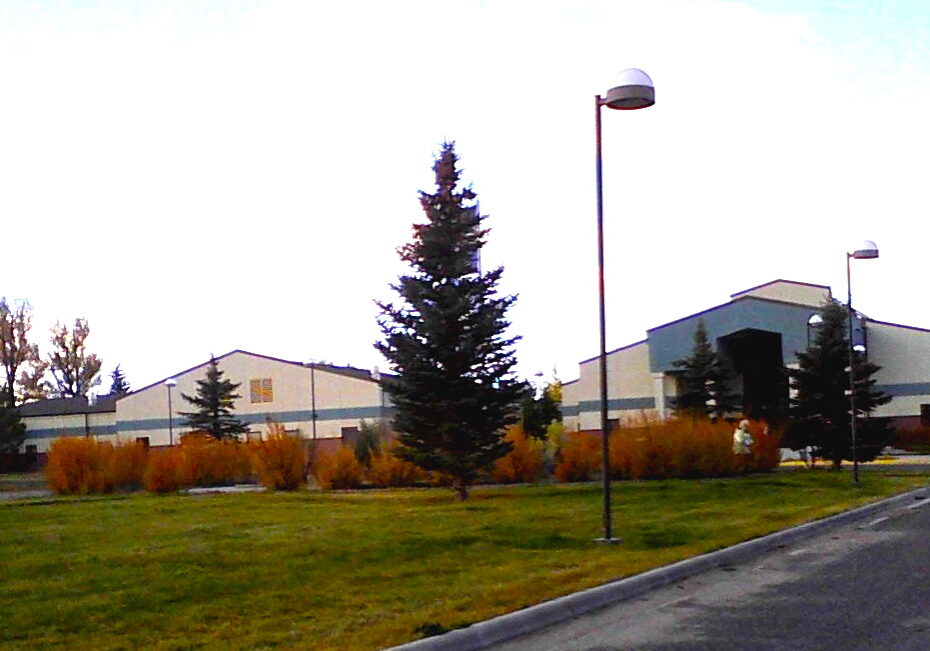Montana Communities Compete for $26.5 Million Mental Health Facility After Political Dispute Stalls Project
State seeks proposals for 32-bed facility to serve mentally ill defendants after waitlist grows to 128 people
By Staff Writer
Oct 8, 2025
HELENA — Montana communities across the eastern half of the state are now competing for a $26.5 million mental health facility designed to serve defendants with mental illness, after a political dispute between state agencies temporarily stalled the project this summer.
The Department of Public Health and Human Services and Board of Investments launched a public proposal process Monday, seeking communities interested in hosting the 32-bed facility. The project aims to address a crisis that has left 128 people with mental illness waiting in county jails for court-ordered treatment.
Crisis Driving the Need
The waitlist for what the state calls “forensic” mental health services — treatment for people with mental illness involved in criminal cases — has exploded in recent years. These are defendants who cannot stand trial due to mental illness and need treatment to restore their ability to participate in court proceedings, as well as those sentenced to treatment after being found guilty but mentally ill.
“The Department is committed to expanding mental health services in Eastern Montana,” DPHHS Director Charlie Brereton said. “We encourage communities and the public to visit hb5.mt.gov to learn more and provide us with input.”
Since 2022, court orders for these services have surged 77%, with sentences for “guilty but mentally ill” defendants increasing 650%. The state’s only facility equipped to handle these cases — a 54-bed unit in Galen — has consistently maintained a waitlist of over 70 people, creating delays in court proceedings and overcrowding county jails.
In contrast, only five people are waiting for civil mental health services, highlighting how the forensic population has become the state’s primary bottleneck.
Political Dispute Causes Delays
The facility proposal process hit a snag in August when Board of Investments Executive Director Dan Villa called for a work stoppage, citing “differing interpretations” between the executive and legislative branches about the board’s authority under House Bill 5.
Villa’s statement revealed that potential sites in the Billings and Laurel areas had already been rejected due to “local feedback, infrastructure costs, local zoning regulations, impacts on targeted economic development districts.”
Governor Greg Gianforte responded in September, encouraging the Board of Investments to resume work while emphasizing the importance of “public participation” and transparency. The governor urged the board to “consider additional locations beyond the previously reviewed sites.”
Flexible Design for Future Needs
The proposed facility represents a strategic approach to Montana’s changing mental health landscape. While initially designed to serve defendants and inmates with mental illness, the facility’s modular design will allow wings to be converted for civil mental health patients if demand shifts in the future.
DPHHS projects the 32-bed expansion would increase annual capacity to serve approximately 170 patients, significantly reducing wait times for restoration services. The department notes that “building up” to higher security standards for the criminal justice population allows flexibility to “scale down” for general psychiatric care later.
Community Competition Opens
Communities interested in submitting proposals can find details at hb5.mt.gov. According to the project calendar, proposal responses are due November 10, with site reviews and local government presentations scheduled throughout November. A final recommendation to the Budget Director is due November 26.
The Legislature allocated $26.5 million for the project through House Bill 5, with a deadline of June 30, 2026, for completing the transfer of funds to the Board of Investments.
The facility aims to serve not just the immediate crisis but position Montana’s mental health system for long-term demographic and legal changes that continue to drive demand for these specialized services.
Categories: Government, Health
Don’t miss the week’s top Montana stories
Join readers across Montana who rely on WMN for independent reporting.
Unsubscribe anytime. Want to support WMN? Upgrade for $4/month →






An obvious question that needs to be asked is: “where is the greatest concentration of potential clients being served located?“
If it’s in Central or Western Montana, why would we build a facility in the eastern half of the state? If the concentration is greater over there, then it makes sense